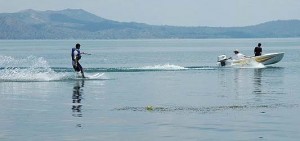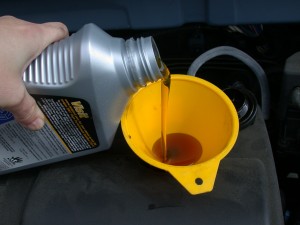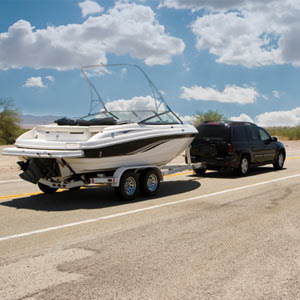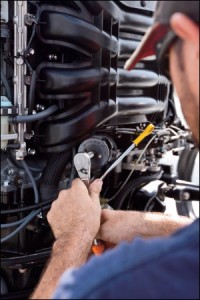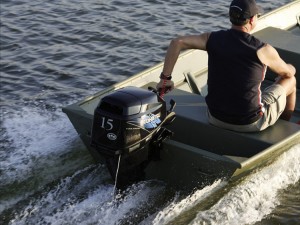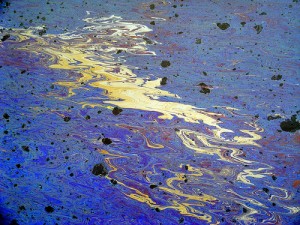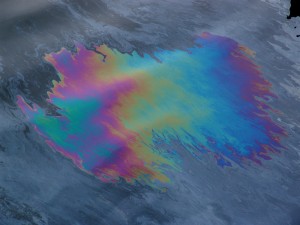How to Pull a Skier: Part Four
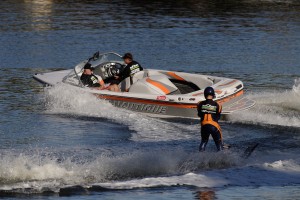 Now that I’m thinking about it, this portion of the series probably should have come first. Before the skier gets in the water, it’s important to go over some ground rules and establish an agreed upon form of nonverbal communication. The thumbs up or down are simple signals to indicate a desired increase or decrease in speed. A circle above your head is obviously a turn, while drawing your hand across your throat is a sign to “cut it.”
Now that I’m thinking about it, this portion of the series probably should have come first. Before the skier gets in the water, it’s important to go over some ground rules and establish an agreed upon form of nonverbal communication. The thumbs up or down are simple signals to indicate a desired increase or decrease in speed. A circle above your head is obviously a turn, while drawing your hand across your throat is a sign to “cut it.”
Always have an extra person onboard to watch the skier and raise the safety flag when they go down. Even if you have a spotter, installing a rearview mirror is never a bad idea. Last but not least, be sure you always have the proper supplies before you leave the dock: first aid equipment, tools, and extra gas and Evinrude XD100.


